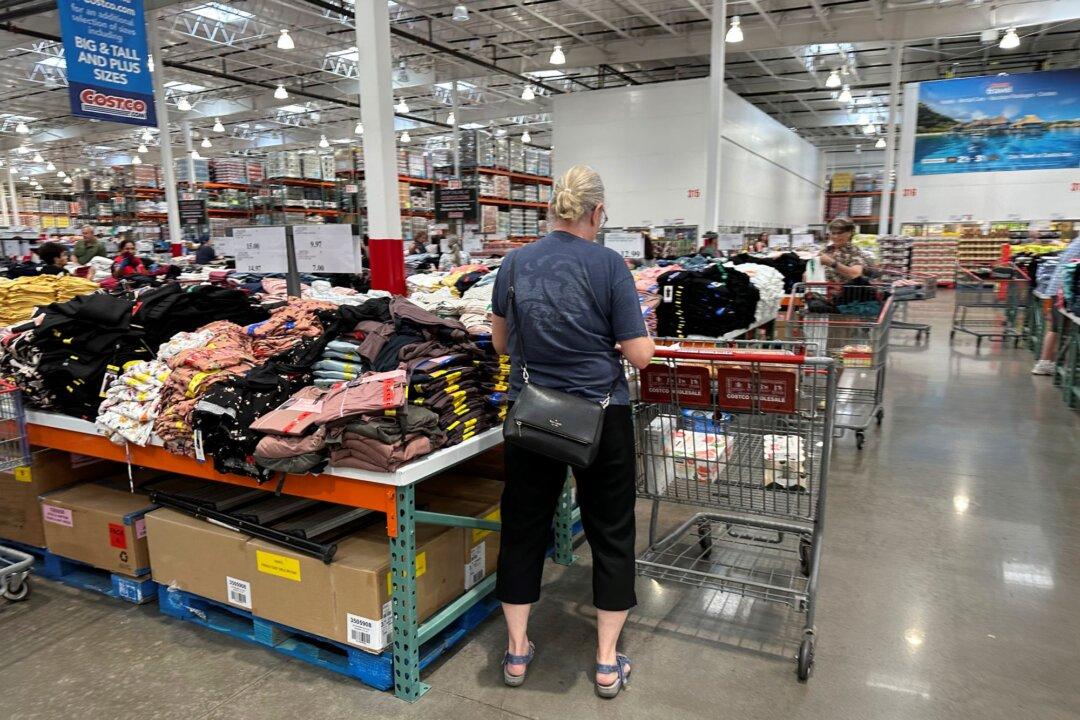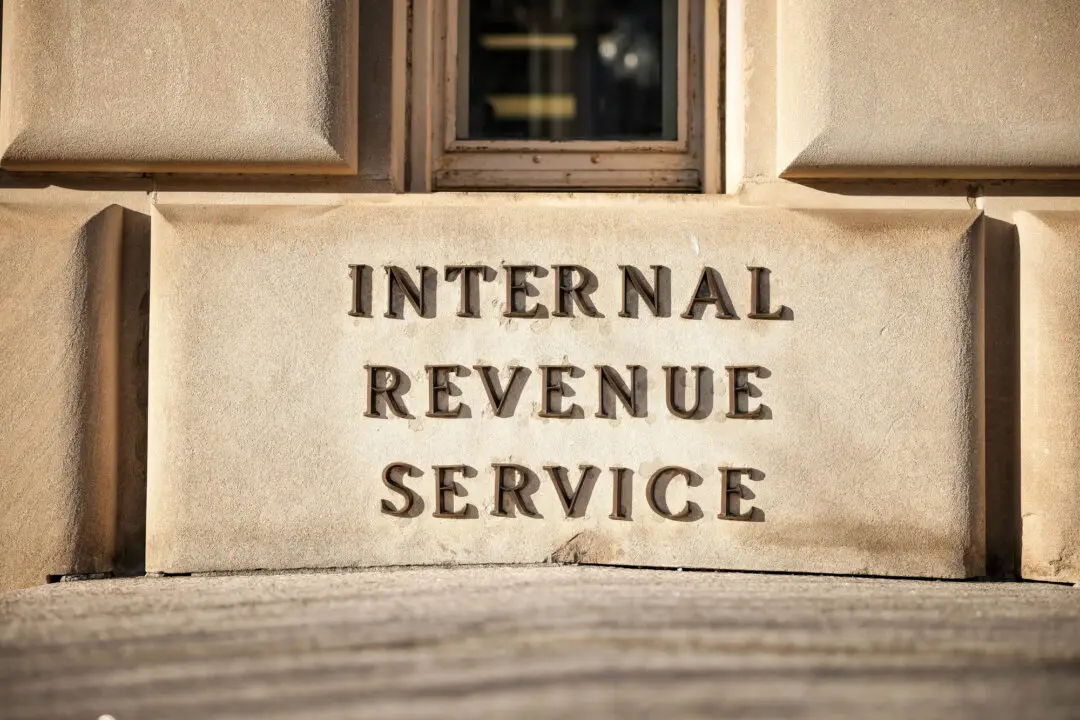A whopping 49 percent of Americans say high prices are eroding their living standards, a number that matched the all-time high set in July 2022, when the pace of inflation was a whisker away from breaking into the double digits.
“After stabilizing earlier this year, concerns about inflation have grown again,” the University of Michigan Surveys of Consumers report reads.





